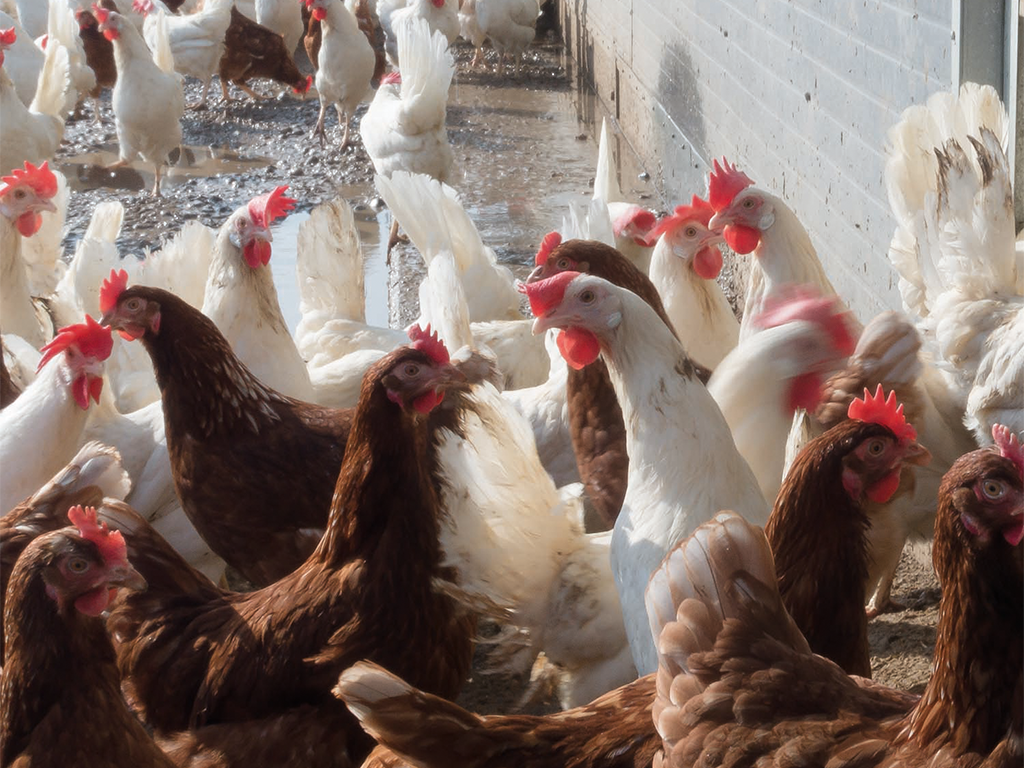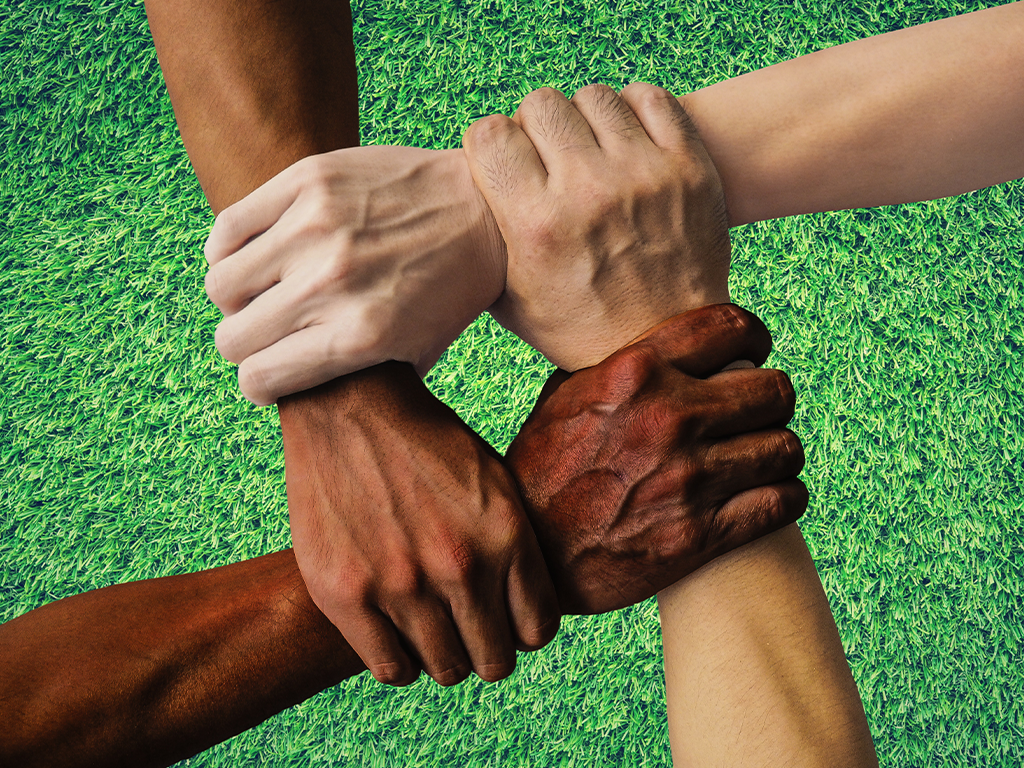 History
History


46504304 / 55503359
Preußen II
Deutsches Reich, Erster Weltkrieg, Mythos
Dieser zweite Teil unserer Filmreihe über Preußen berichtet über die Politik des letzten preußischen Königs und späteren deutschen Kaisers Wilhelm I. Vom Aufstieg zum Deutschen Kaiserreich bis hin zu Preußens Untergang. Die Auflösung Preußens nach Ende des 2. Weltkrieges setzte einen Schlusspunkt unter eine Jahrhunderte alte wechselvolle Geschichte. Der Name Preußen ist untrennbar verbunden mit Aufklärung und Toleranz, verkörpert etwa in Friedrich dem Großen, verbunden aber auch mit Militarismus, Maßlosigkeit und Selbstüberschätzung Wilhelms II. Das Nachdenken über Preußen stand in den letzten Jahrzehnten im Schatten der hitzigen Debatten über die deutsche Geschichte. In Verbindung mit dem ausführlichen Zusatzmaterial (Arbeitsblätter, interaktive Aufgaben, Glossar, Testfragen) lässt sich das Medium hervorragend im Unterricht verwenden. Die interaktiven Aufgaben wurden mit H5P erstellt und können ohne weitere Software verwendet werden.
Play trailer

Curriculum-centred and oriented towards educational standards
Matching
Massentierhaltung
Ein Kilogramm Hühnerschenkel für 99 Cent – dieser Preis lässt sich nur erreichen, wenn die Herstellungskosten massiv niedrig gehalten werden. Der Film geht der Frage nach, unter welchen Bedingungen Tiere für die industrielle Verwertung gehalten werden. Welche Möglichkeiten die Verbraucherinnen und Verbraucher haben, auf diese Bedingungen Einfluss zu nehmen, ist der Inhalt eines eigenen Kapitels.
Rassismus
Von Rassismus spricht man, wenn Menschen wegen äußerer Merkmale wie ihrer Hautfarbe, aber auch ihrer Herkunft oder Religion, als Gruppe bestimmte, meist negative Eigenschaften zugeschrieben werden.









